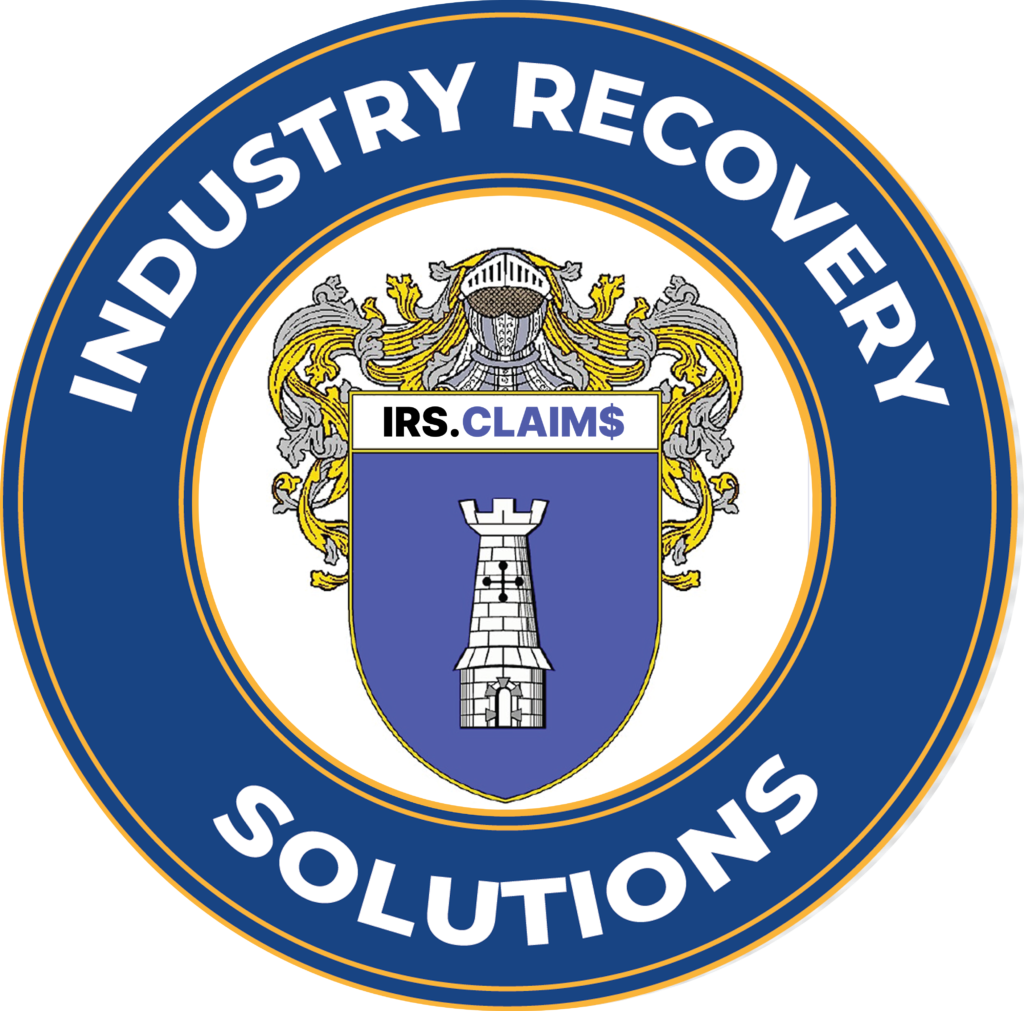NYC B2B account collections: Strategies for Maximizing Cash Flow
NYC B2B account collections is a critical process for businesses seeking to maintain healthy cash flow and minimize bad debt in the fast-paced commercial landscape of New York City. Whether you’re a startup vendor or an established supplier, collecting on outstanding invoices can make or break your profitability. In this in-depth guide, we explore proven tactics, compliance frameworks, and real-world examples to help you streamline your commercial collections efforts while adhering to legal and ethical standards.
According to experienced debt recovery professionals, effective B2B debt recovery requires a blend of systematic procedures, ongoing communication, and robust analytical tools. In this article, we’ll cover definitions, compliance considerations like FDCPA and FCRA, best practices for aging receivables, and how to choose a reliable NYC collections partner for long-term success.
Understanding NYC B2B Account Collections
What Are B2B Account Collections?
B2B account collections involve the process of recovering unpaid invoices and commercial debts owed by one business to another. Unlike consumer debt, commercial collections deal with larger transaction values, negotiated payment terms, and invoice disputes that can span 30, 60, or 90 days.
Why It Matters for NYC Businesses
- Cash Flow Stability: Timely collections ensure funds are available for payroll, supplies, and growth initiatives.
- Risk Mitigation: Reducing bad debt lowers the impact on financial statements and credit ratings.
- Competitive Advantage: Companies with strong credit management can offer more flexible payment terms to clients.
Key Strategies for Effective B2B Debt Recovery in NYC
1. Proactive Invoice Management
Implementing automated invoicing and digital reminders can reduce discrepancies and speed up payment cycles. Leveraging accounts receivable software with real-time analytics and cash forecasting gives you visibility into upcoming payments and potential shortfalls.
2. Aging Receivables Monitoring
Consistent aging analysis helps prioritize collections efforts. Here’s a typical aging breakdown:
| Age Bucket | Days Outstanding | Recommended Action |
|---|---|---|
| Current | 0-30 | Standard reminders |
| 30-60 | 31-60 | Escalated follow-ups |
| 60-90 | 61-90 | Phone calls and negotiation |
| Over 90 | 91+ | Engage third-party agency |
Learn more about in-depth accounts receivable aging analysis to sharpen your follow-up schedule.
3. Negotiation and Settlement Tactics
When disputes arise over invoice details or product quality, a collaborative negotiation can preserve client relationships. Offer early-payment discounts or structured payment plans to resolve invoice disputes swiftly.
Compliance and Ethical Standards
Federal and State Regulations
- FDCPA: Though primarily for consumer collections, best practices around harassment, communication timeframes, and dispute handling apply to maintain professional standards. See guidelines on the FTC website.
- FCRA: Accurate reporting of commercial credit information is essential for maintaining transparent credit relationships.
- HIPAA: If you collect debt from healthcare providers, ensure protected health information (PHI) remains confidential.
NYC Local Requirements
NYC-based agencies follow the New York Debt Collection Procedures Act, which imposes specific notice periods and prohibits deceptive practices. According to the NY State Department of Financial Services, violators may face fines and license revocations. For comprehensive legal compliance, explore our guide to compliant debt agencies in NYC.
Tools and Analytics for Commercial Collections
Integrating Technology
Modern collections leverage:
- Automated reminders via email and SMS
- AI-driven aging reports to forecast cash flow
- CRM integration for seamless customer history tracking
Key Performance Indicators (KPIs)
- DSO (Days Sales Outstanding): Measures average collection period.
- Collection Effectiveness Index (CEI): Gauges recovery performance over time.
- Bad Debt Ratio: Percentage of uncollectible receivables.
Choosing the Right B2B Collections Partner
Evaluating Agency Expertise
According to a recent benchmark report, agencies specializing in commercial collections recover up to 25% more than generalist firms. When vetting partners, consider:
- Industry-specific experience (manufacturing, healthcare, logistics)
- Compliance certifications and transparent fee structures
- Success rates and client testimonials
Third-Party vs. In-House Collections
If internal resources are overwhelmed, outsourcing to a reputable third-party debt collection agency can accelerate recoveries and free up staff for core operations. Comparing cost-per-dollar-collected will guide your decision.
Avoiding Bad Debt: Proactive Measures
Reducing write-offs starts before you issue the first invoice. Employ credit checks, payment insurance, and clearly defined terms. Our guide to avoiding B2B bad debt highlights:
- Customer creditworthiness assessment
- Milestone-based invoicing
- Regular portfolio reviews
Real-World Example: Manufacturing Supply Chain
A mid-sized NYC machinery supplier faced $500,000 in aged receivables after one client delayed payments by 120 days. By deploying an automated reminder sequence, conducting a two-step negotiation, and ultimately partnering with a commercial collection specialist, they recovered 85% of the debt within 60 days, improving their DSO by 20%.
Conclusion & Call to Action
Mastering NYC B2B account collections demands a blend of strategic processes, legal compliance, and the right technology. By monitoring aging receivables, negotiating effectively, and partnering with experienced agencies, your business can unlock steady cash flow and reduce financial risk.
Ready to streamline your commercial collections? Schedule a consultation with our debt recovery experts and take control of your receivables today.
